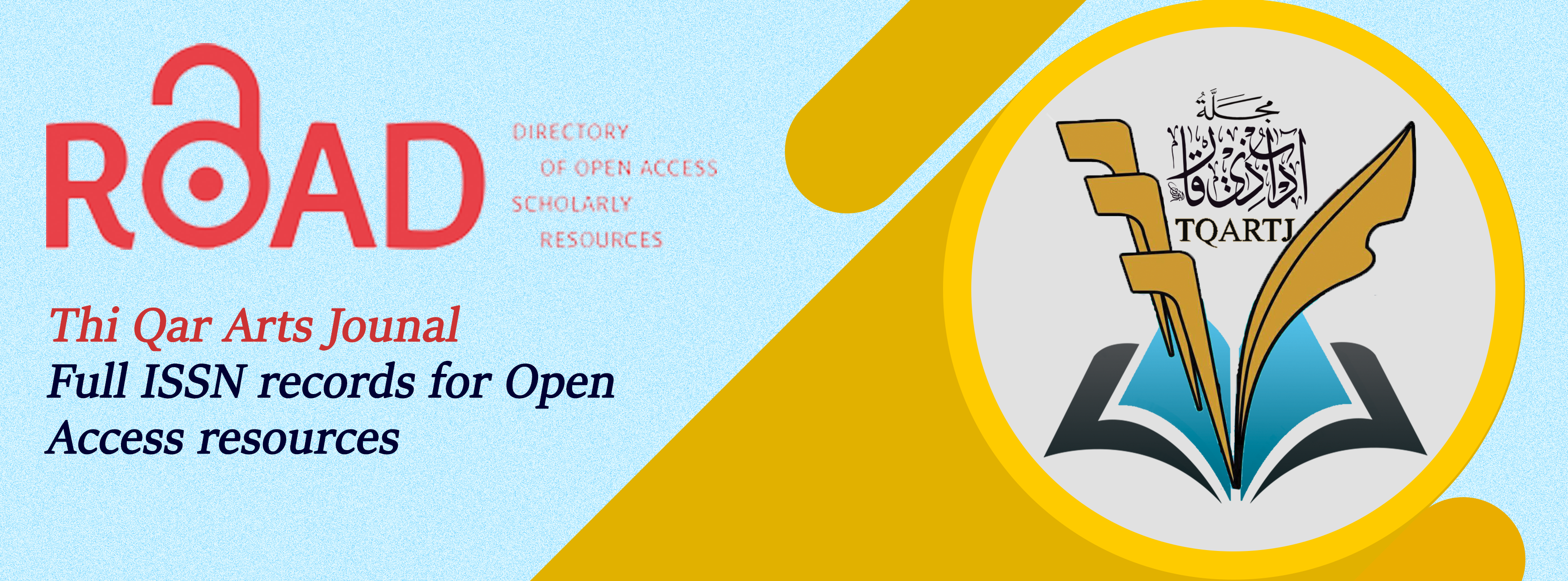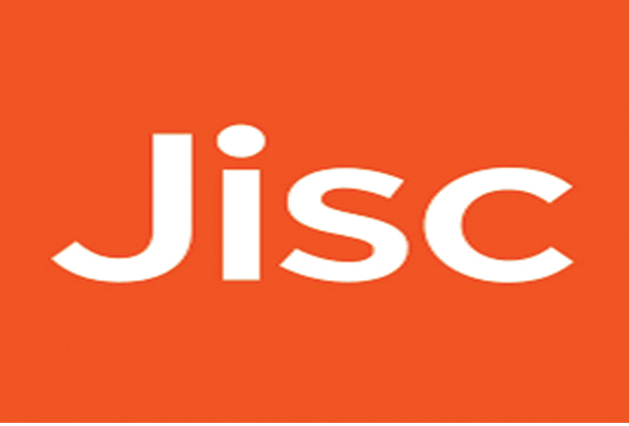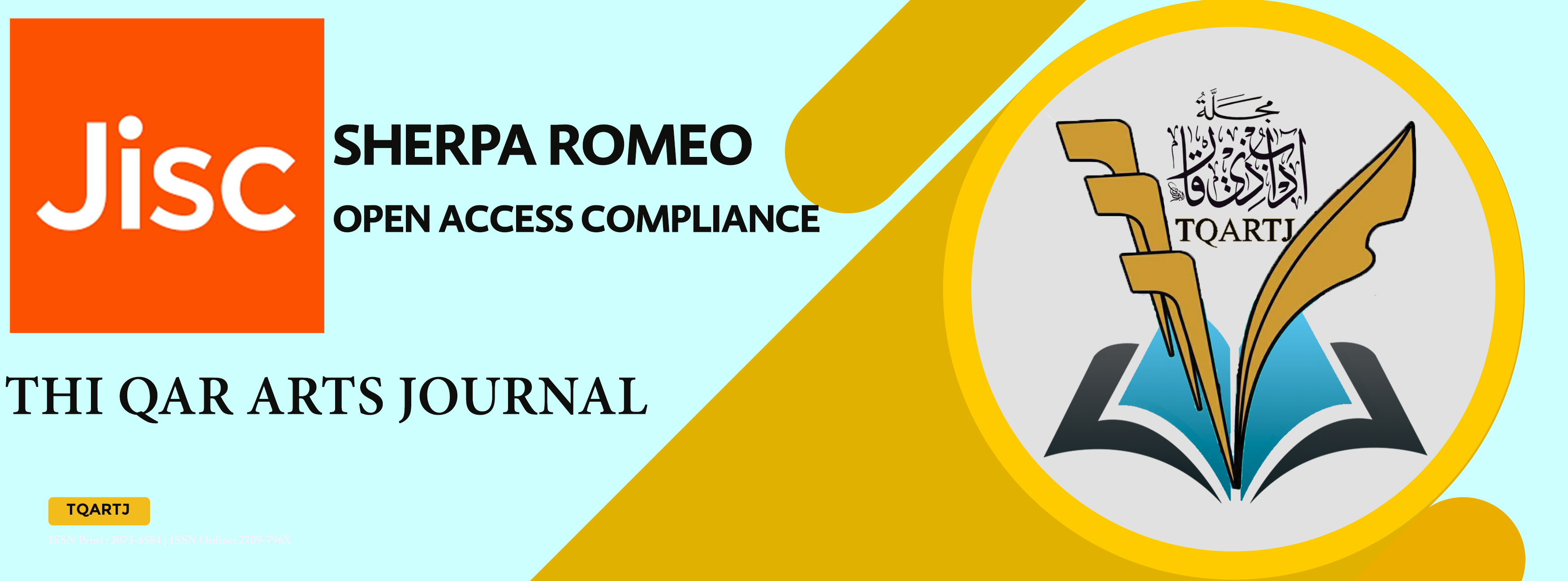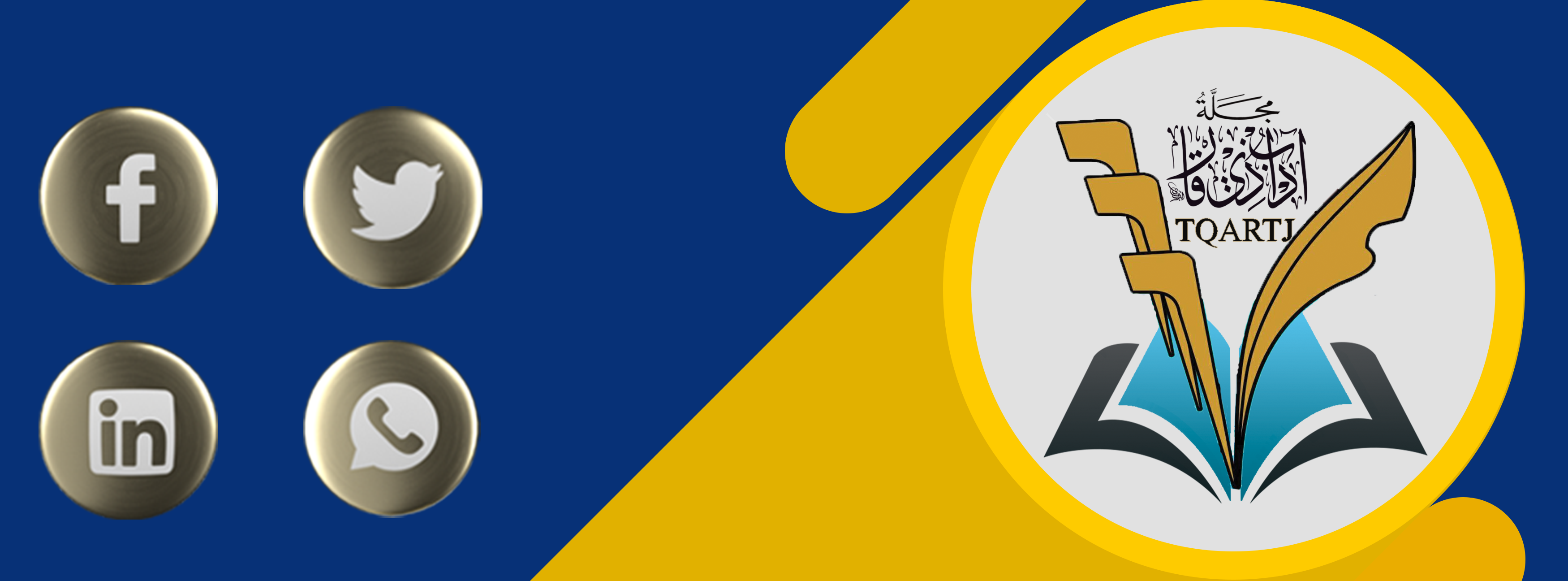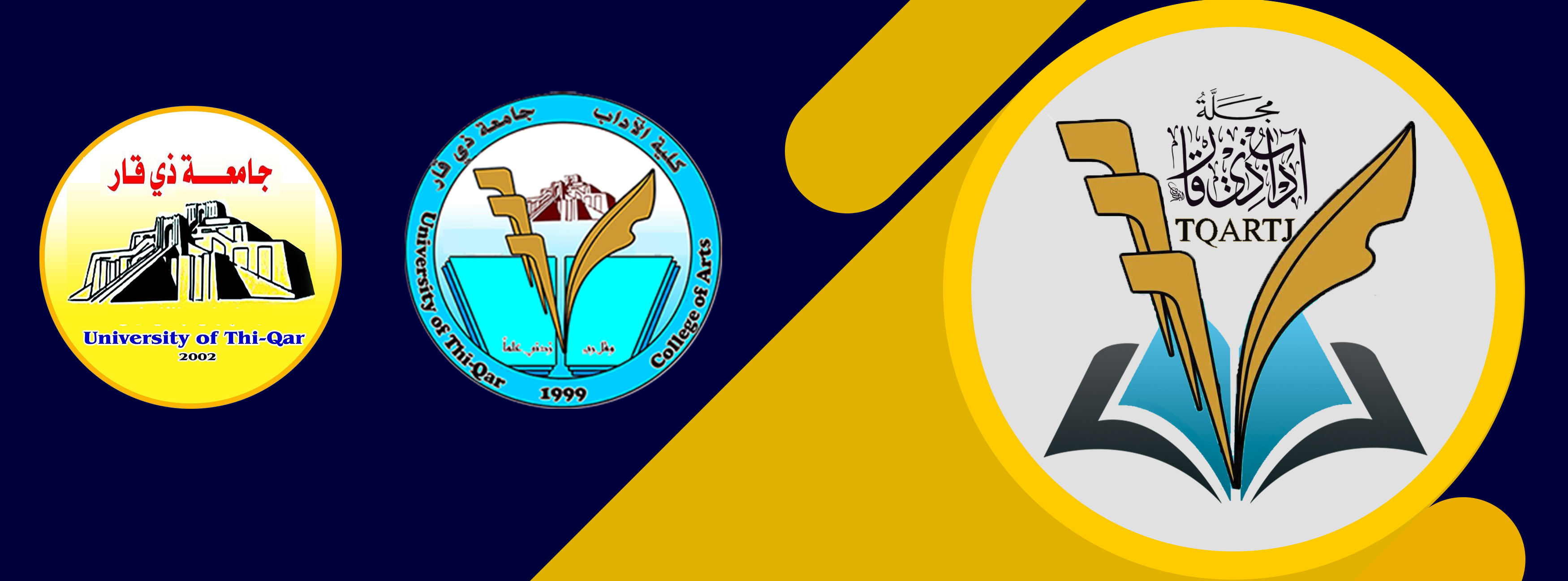The Impact of Art Education on the Upbringing and Beliefs of School Students
DOI:
https://doi.org/10.32792/tqartj.v5i50.800Keywords:
Teaching the arts - Skill development - Taste - Beliefs - Learning environment - Art educationAbstract
This research focuses on the impact of art education on school students’ beliefs, their experiences with learning the arts, and their perceptions of how it influences their academic achievement and goals. Specifically, the study addresses academic performance, student aspirations, awareness, and beliefs. It also reviews educational outcomes and policy issues as they relate to the future of art education.
The research includes students’ beliefs regarding the importance of art education and its effect on academic achievement, aiming to enhance the credibility of the study. Based on current research that utilizes students’ own beliefs, the researcher presents a new perspective on the value of art education.
The significance of the study lies in evaluating whether art education has an impact on students’ academic lives. To justify the inclusion of art education in school curricula, educators must demonstrate that such studies are an integral part of a comprehensive educational plan. Increasingly, art teachers are required to justify their professional roles based on whether their disciplines can contribute to improving performance in mathematics, reading, and other academic areas.
The objective of the research is to examine how students perceive their personal experiences with art education and their views on its influence on their academic achievement and goals.
Definition of Art Education: Art education is defined as the type of education that relies on the use of various artistic activities in the fields of fine or applied arts, benefiting from various modern human sciences, as affirmed by Al-Shahin (2011).
Downloads
References
-البلوشي، س.م,2003, استكشاف خيال معلمي العلوم قبل الخدمة العمانيين، على المستوى المجهري في الكيمياء ، واستخدامهم لطبيعة المادة الجسيمية في تفسيراتهم, أطروحة الدكتوراه منشورة, ، الولايات المتحدة الأمريكية/ جامعة آيوا.ص20..
-الدليمي, عامر فائق خضير, 2011, دلالات العنف في رسوم التلاميذ – الدديرية العامة لتًربية بابل – دراسات تربوية– العدد الثاني عشر تشرين الأول, ص11.
-السيد, سناء, 2003, رسوم الأطفال، التحليل والدلالة ، دار الزوراء لتوزيع والنشر ،الرياض السعودية ،ص8
-الشهري أحمد, 2006, التصميم عناصره وأسسه في الفن التشكيلي ،ط 3 ،مكتبة جرير – السعودية، ص 112
-المركز العربي للبحوث التربوية, التربية الفنية ترابط خبرات-لتربية متكاملة, مج مستقبلات تربوية, مركز البحوث, الكويت,ص14.
-المليجي, علي، 2000, تعبتَات الأطفال البصرية ،ط 2 حورس لطباعة والنشر، القاهرة، مصر ، ص 230
-دنيا مصطفى,2015,العلاج بالفن وتنمية المهارات الاجتماعية لدى الأطفال ذوي اضطرابات التوحد ،مج. تربوية ، مجلد 4 العدد 4 نيسان, ص3.
الشاهين، بن حمد,2011, معجم المصطلحات المتعلقة بالفن والتربية الفنية. -
-Buyurgan, S. (1996).The relationship between theSchool Expectations of Students of Anatolian Fine Arts High School and their Education and the Jobs they Choose (Unpublished Doctorate Thesis).Gazi University.1996.p61
-Dixon, T.G. and Chalmers, G.T.1990. The Expressive Arts In Education.Childhood Education,p67 .
-Dusek, J. B.1987. Adolescent Development And Behavior. Prentice Hall International Inc, New Jorseys,p 512
-Erikson, E. (1968). Identity, youth, and crisis. New York: Norton.
-Eshlaman, J.R.1991. The Family.Allyn and Bason A Division of Simon and Schuster IncLondon. p595-596 .
-Fischer, E.1990. Sanatın Gerekliliği. (Translation: C. Çapan). Istanbul,p25.
-Forseth, S. 1980. Art activities, attitudes, and achievement in elementary mathematics: Studies in art education. Education Journal, 2(2), p22-27. .
-Galda, L.,1993, & Cullinan, B. Language literacy and the child. New York. Harcourt Brace Jovanovich,p226.
-Hatfield, T. A.1999. The unevenness of art education policies. Art Education Policy Review, 101(2), pp2-11.
https://plato.stanford.edu/entries/dewey -Mahlmann, J. J.1999. Why are we stuck in phase 2? Getting at some basic questions. Art Education Policy Review, 100(3), p30. .
-Kamii. C., & Lewis, B.1002, Primary arithmetic: The superiority of games over worksheets. In V. Dimidjian. (Ed.). New York: Teachers College Press.,pp85-94.
-Lindstrom, L.1997. Integrating creativity or communication? Paradigm shifts and continuity in Swedish art education. Arts Education Policy Review, 99(1), pp 1-17 .
-Reading John Dewey's Art as Experience for Music Education Leonard Tan Philosophy of Music Education Review Published By: Indiana University Press.1967. pp. 69-87.
-Schirrmacher, R.2002. Art And Creative Development For Young Children. Albany. Delmar.
-Scriven, M.1995. Student ratings offer useful input to teacher evaluations. Practical Assessment, Research, & Evaluation,1995,p 47 .
-Stapleton, S. C.1998. How integrating the arts improves test scores. Improving student performance through art. Partnership Assessment Project. Arts in Education1998.
Published
Issue
Section
License
Copyright (c) 2025 Dr.Ahmed Hussein Katea,Swzan Naji Faisal

This work is licensed under a Creative Commons Attribution 4.0 International License.
The journal applies the license of CC BY (a Creative Commons Attribution International license). This license allows authors to keep ownership of the copyright of their papers. But this license permits any user to download, print out, extract, reuse, archive, and distribute the article, so long as appropriate credit is given to the authors and the source of the work. The license ensures that the article will be available as widely as possible and that the article can be included in any scientific archive.








